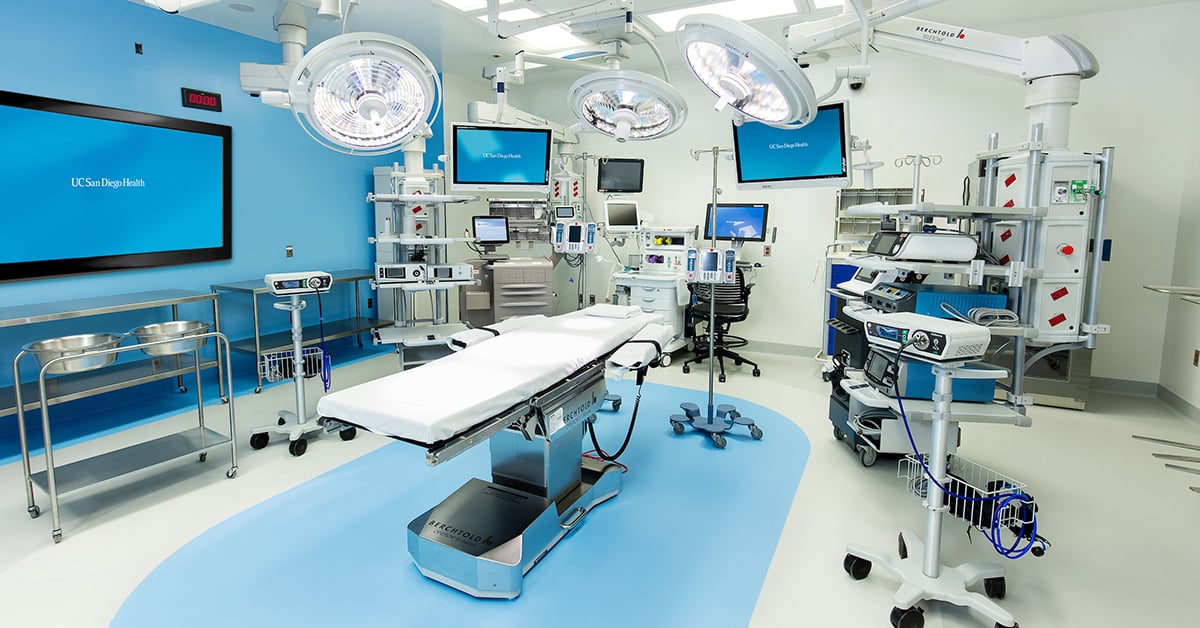Hand, Wrist & Elbow Care
When you have a hand or wrist condition, it can impact your ability to perform a wide range of daily life tasks — from opening a door to working on a computer. Count on UC San Diego Health experts to help you move well and without pain.
When to See a Hand, Wrist or Elbow Specialist
If you have pain, stiffness or loss of mobility that lasts more than a week, you should see a doctor. An early diagnosis and the right treatment can prevent you from doing serious or permanent damage to your hand, wrist or elbow.
Do I Need a Referral for Orthopedic Care?
You can make an appointment with one of our orthopedic specialists directly without a referral. If you have an HMO, however, your insurance plan may require a referral from your primary care physician.
Hand, Wrist and Elbow Orthopedic Specialists
Conditions Treated
Whether your condition is common or rare, your UC San Diego Health care team has the expertise to treat your condition, including:
- Arthritis and related rheumatic diseases
- Carpal tunnel syndrome, cubital tunnel syndrome, and other nerve compression syndromes
- Congenital hand deformities
- Dupuytren's contracture
- Fractures and soft-tissue injuries
- Ganglion cysts
- Infections
- Tennis elbow, golfer's or baseball elbow and other tendon disorders
- Trigger finger, trigger thumb and de Quervain's tenosynovitis
Advanced Hand, Wrist and Elbow Care
As a patient with us, you have access to the latest tests, treatments and technologies because UC San Diego Health physicians and their UC San Diego School of Medicine colleagues are researchers, making discoveries to improve your health and quality of life
Evaluation and Diagnosis
You receive a complete workup of your hand, wrist or elbow condition. This includes a careful review of your health history, current symptoms, a physical exam, and if needed X-rays and a bone scan. An MRI may be performed if there are inconsistencies in your diagnosis, symptoms or response to treatment.
If nerve damage is suspected, you may have a nerve conduction test or electromyography (EMG) to look for signs the nerve is being pinched or compressed. Once you have a diagnosis, you and your doctor can discuss your treatment options and goals.
Nonsurgical Care
Many hand, wrist and elbow conditions respond well to nonsurgical treatments. This may include rest, activity modification, non-steroidal anti-inflammatory drugs (NSAIDs) and corticosteroid injections. You may also be referred to our hand therapy program or physical therapy for targeted exercises to restore strength, function and mobility.
See Physical Medicine and Rehabilitation for more information on our comprehensive non-surgical care for orthopedic injuries and conditions.
Surgical Care
UC San Diego Health surgeons are highly skilled and sought out for their expertise in a full spectrum of surgeries to treat all types of hand, wrist and elbow injuries and conditions, including:
- Closed fixation and reduction surgery to fix broken bones
- Fasciotomy to treat Dupuytren's disease
- Joint replacement for severe arthritis
- Microsurgery for amputations
- Microsurgery to avoid complete removal of an injured or deformed part
- Microvascular reattachment surgery (replantation) for severed arms, hands and fingers
- Nerve repair
- Surgical drainage or removal of damaged tissue (debridement)
- Tendon repair
Minimally Invasive Approaches
Whenever possible, your UC San Diego Health surgeon uses minimally invasive techniques to treat soft tissue and bone injuries. Minimally invasive approaches involve smaller incisions. This reduces tissue damage and scarring. It can also speed up your recovery with less pain.







